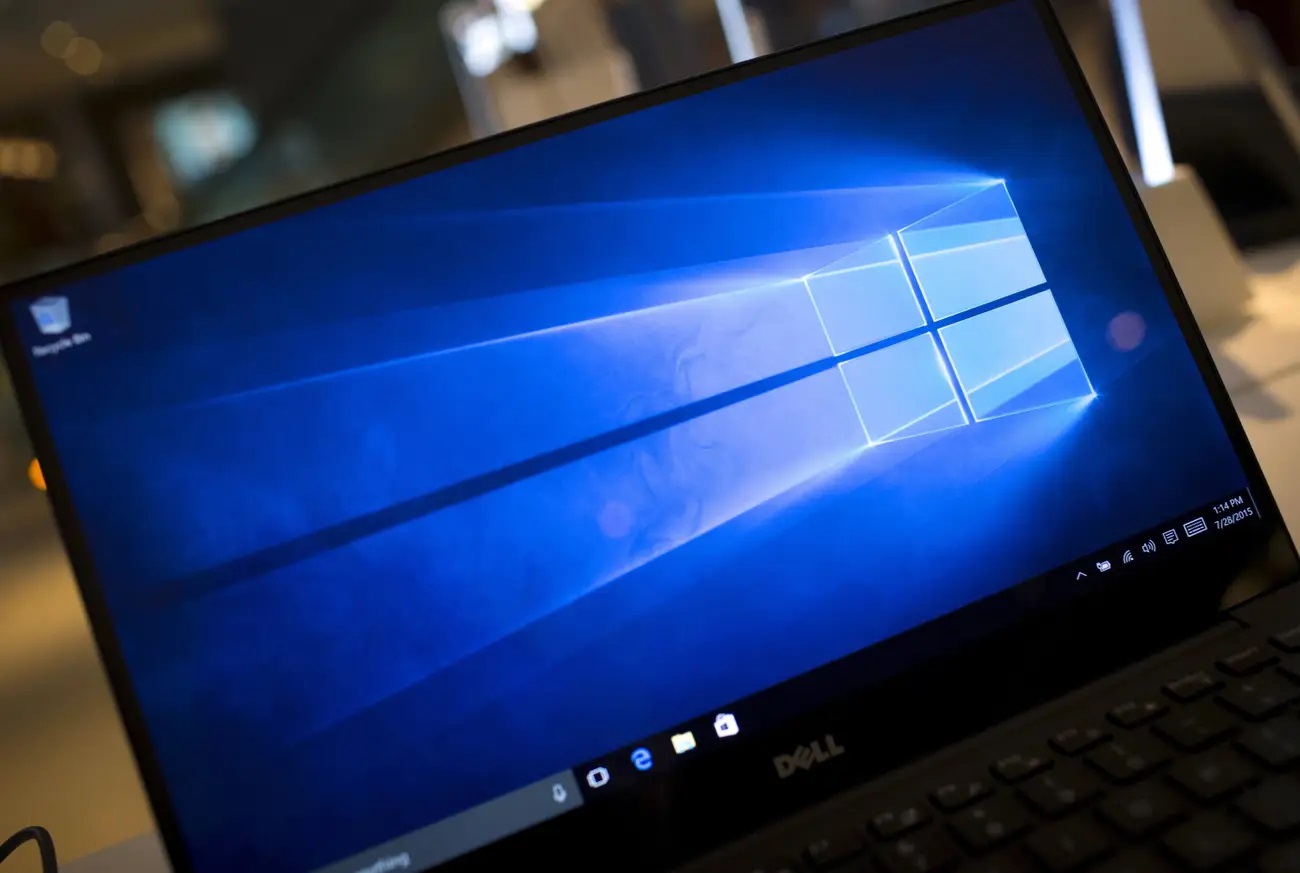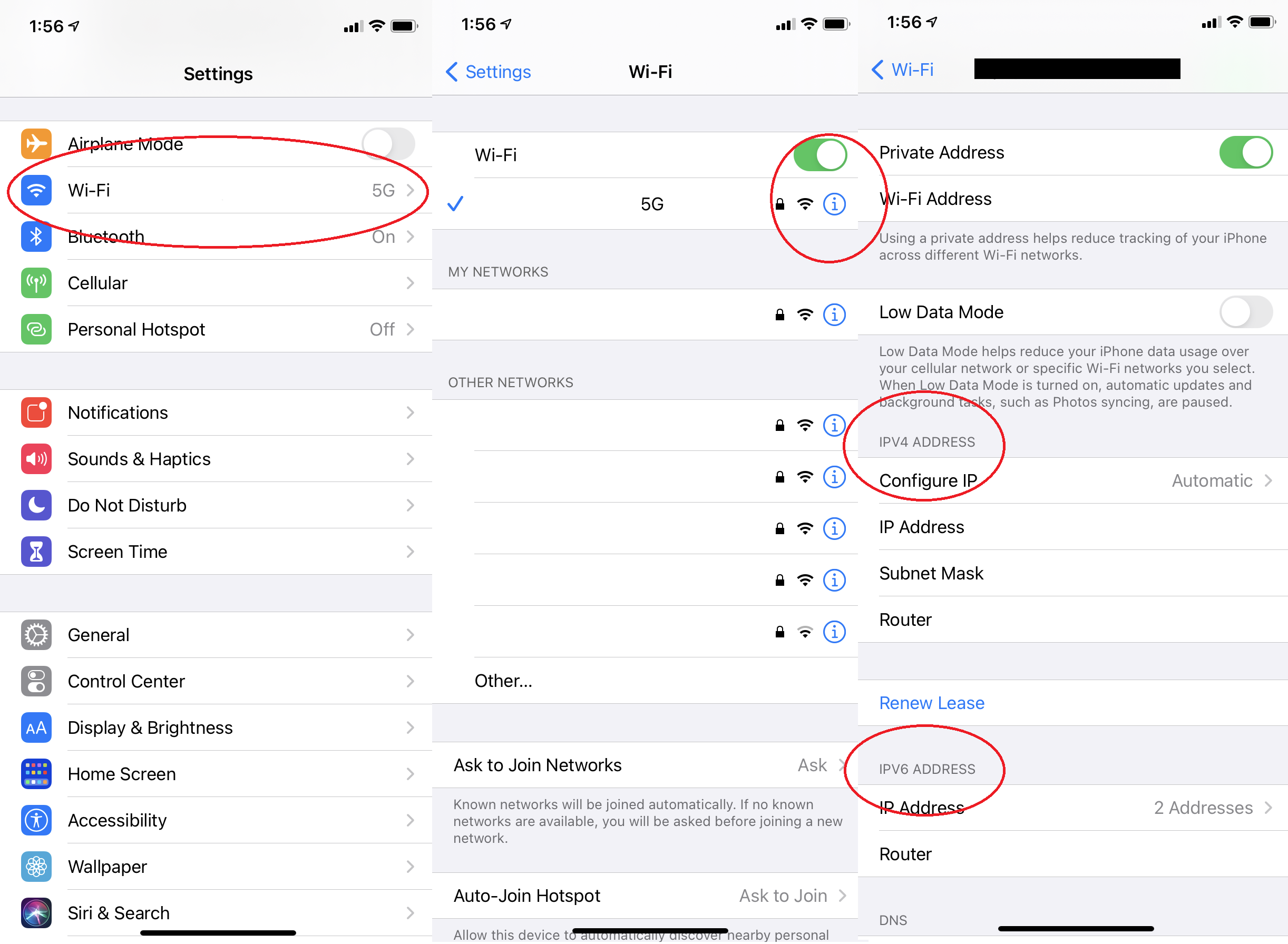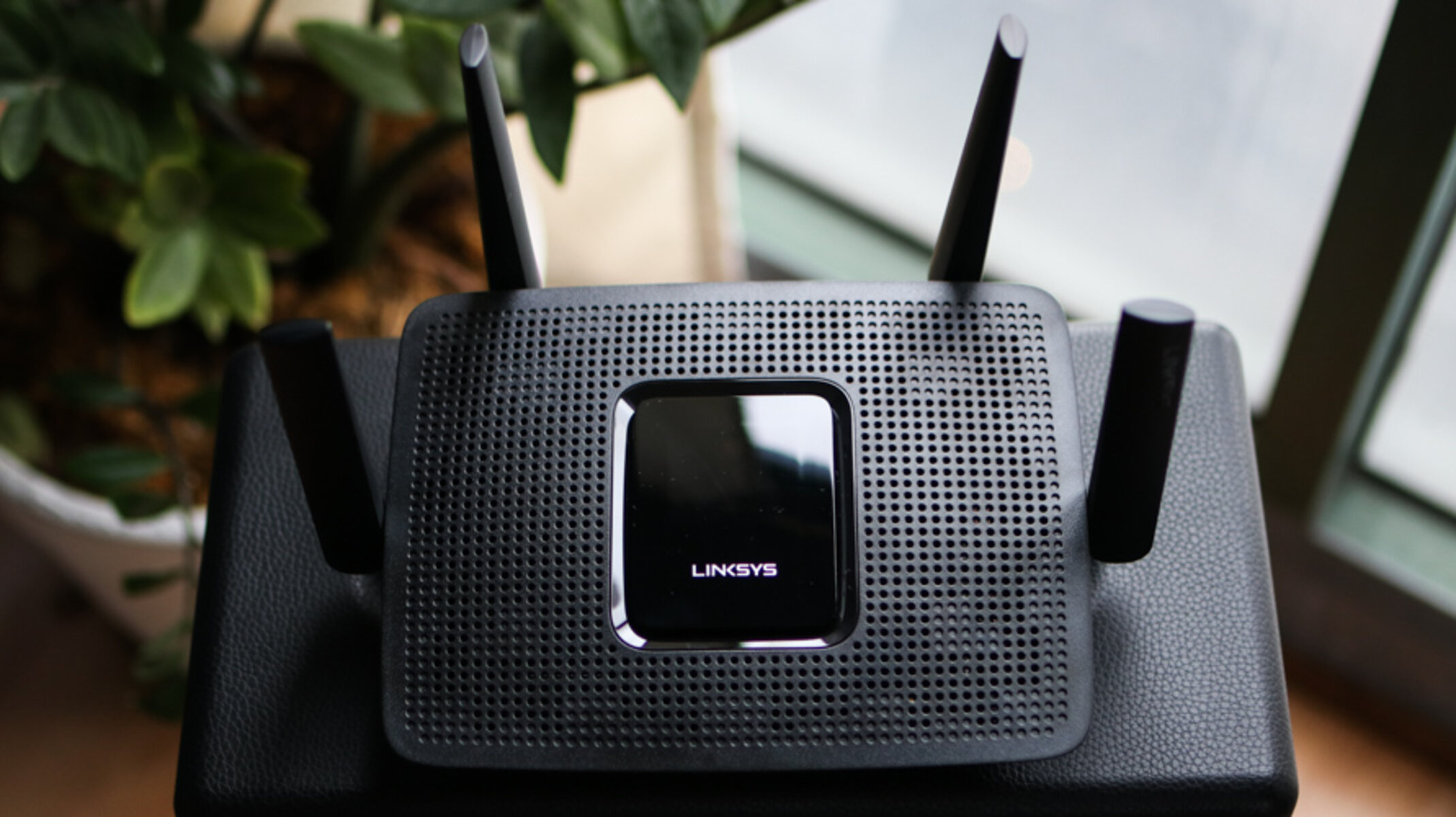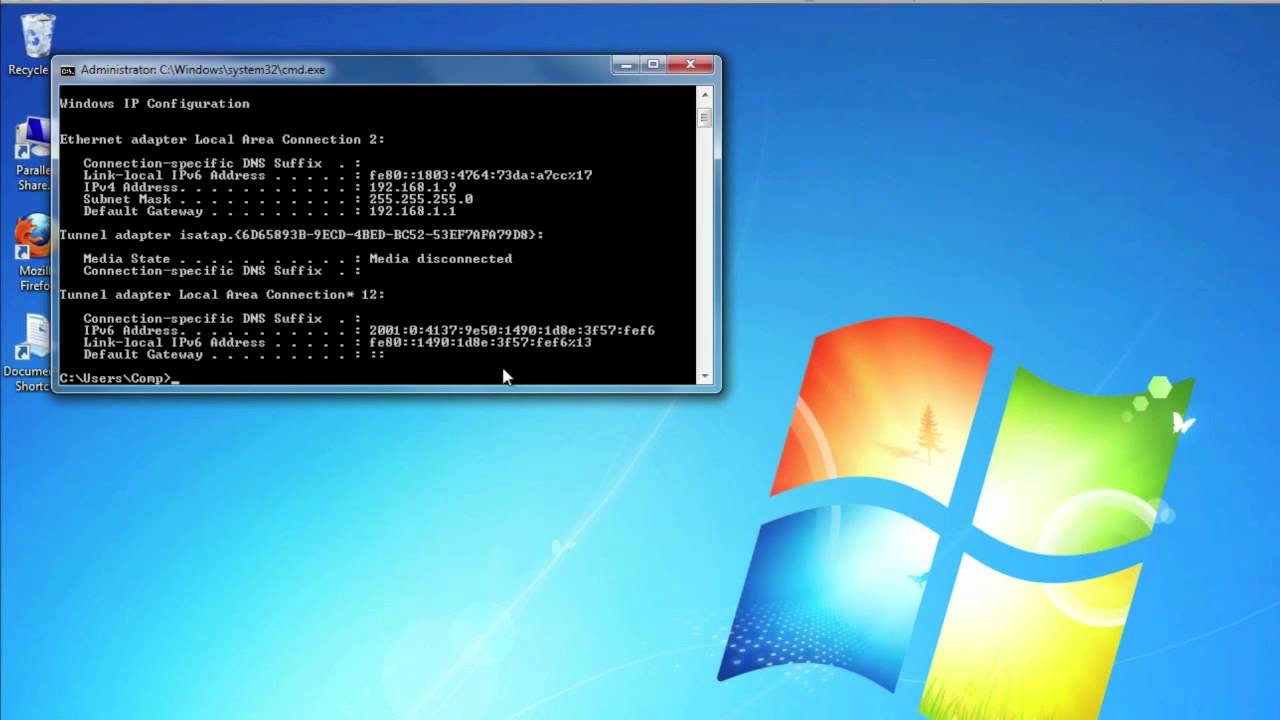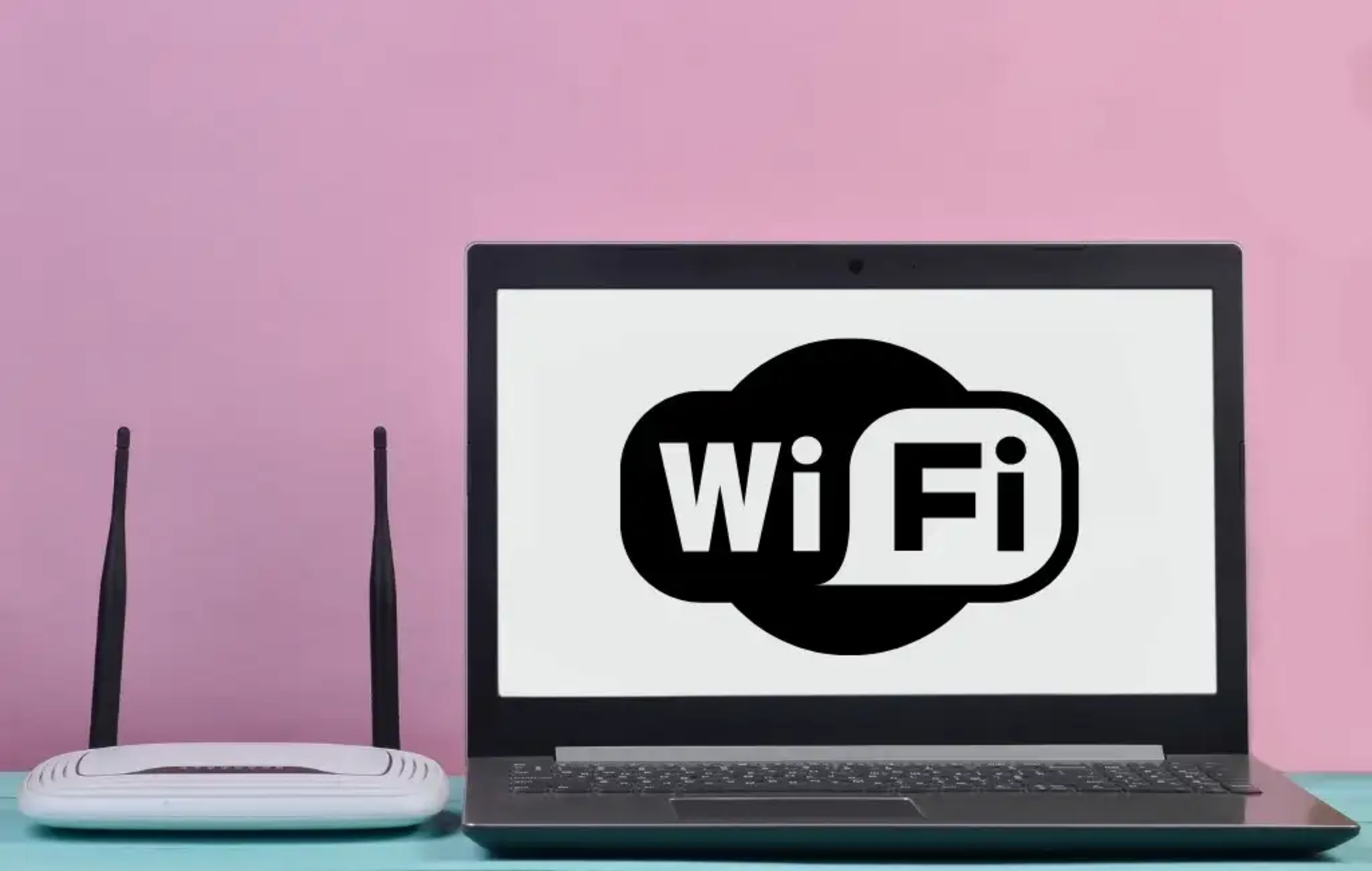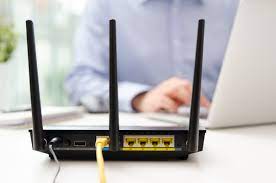Introduction
In the vast world of computers and the internet, there is a unique identifier that distinguishes each device from the others: the IP address. Short for Internet Protocol address, this numerical label plays a crucial role in facilitating communication and data exchange between devices in a network.
Whether you’re browsing the web, sending emails, or streaming your favorite shows, your computer’s IP address is at the core of all these activities. It serves not only as a digital address but also as a key component in determining the location and identity of your device in the vast expanse of the internet.
In this article, we will delve into the world of IP addresses and explore their importance in the realm of modern technology. We will discuss the difference between IPv4 and IPv6, the two main versions of IP addresses, and show you how to find your IP address on various devices and operating systems.
Understanding your IP address can empower you with knowledge about your online presence and enable you to troubleshoot network issues. So, let’s dive in and unravel the mystery behind this fundamental aspect of computer networking.
What is an IP Address?
An IP address, or Internet Protocol address, is a unique numerical label assigned to each device connected to a computer network that uses the Internet Protocol for communication. Think of it as your device’s digital fingerprint, allowing it to be identified and located on the internet.
IP addresses consist of a series of numbers, separated by periods, such as 192.168.0.1. These numbers are used to identify both the network and the host or device within that network. With IP addresses, devices can send and receive data across the internet, enabling communication between computers, servers, and other network devices.
There are two main versions of IP addresses in use today: IPv4 and IPv6. IPv4, the older version, consists of a 32-bit address, allowing for approximately 4.3 billion unique addresses. However, with the ever-growing number of internet users and connected devices, IPv4 addresses are becoming scarce. To address this, IPv6 was introduced, featuring a 128-bit address structure and providing an astronomical number of possible unique addresses.
IP addresses can be categorized into two types: public and private. A public IP address is assigned to a device by an internet service provider (ISP) and allows direct communication with the internet. On the other hand, a private IP address is assigned by a local network router and is used for communication within a private network, such as a home or office network. Private IP addresses are often used for devices like laptops, smartphones, or printers that connect to a local network rather than directly to the internet.
Overall, an IP address is a fundamental building block of the internet, serving as a means of identification for devices and facilitating the transmission of data across networks. Understanding IP addresses is essential for troubleshooting network issues, setting up network configurations, and ensuring smoother communication between devices on the internet.
IPv4 vs IPv6
IPv4 and IPv6 are the two main versions of IP addresses in use today. While both versions serve the same purpose of identifying devices on a network, they differ in terms of their structure and the number of available addresses.
IPv4 stands for Internet Protocol version 4, which was the original IP address system developed in the early days of the internet. IPv4 addresses consist of four sets of numbers, each ranging from 0 to 255, separated by periods. This results in a total of approximately 4.3 billion unique addresses, which may seem like a large number, but with the explosion of internet-connected devices, the supply of IPv4 addresses has become limited.
In contrast, IPv6, or Internet Protocol version 6, was introduced to address the shortage of IPv4 addresses. IPv6 addresses are composed of eight groups of four hexadecimal digits, separated by colons. This allows for significantly more unique addresses, with a mind-boggling total of 340 undecillion addresses (3.4 x 10^38). This expansion in the address space ensures that every device can have its own unique IP address, even in the face of the ever-growing number of internet-connected devices worldwide.
Aside from the difference in address structure and quantity, IPv6 brings additional features and improvements over IPv4. One of the notable enhancements is the built-in support for internet security protocols, known as IPsec. IPsec encrypts and authenticates the data transmitted over the internet, ensuring a higher level of security for users.
Despite the advantages of IPv6, the transition from IPv4 to IPv6 has been a gradual process due to the widespread adoption of the older IPv4 infrastructure. However, as the remaining IPv4 addresses become depleted, the move towards IPv6 is gaining momentum, and many internet service providers and organizations are working to support IPv6 connectivity.
In summary, IPv4 and IPv6 are the two main versions of IP addresses. While IPv4 is the older and more widely used version, IPv6 offers an extensive address space and improved security features. As the demand for IP addresses continues to grow, the transition from IPv4 to IPv6 is essential to ensure the continued growth and functionality of the internet.
How to Find Your IP Address
Whether you’re troubleshooting network issues, setting up a new device, or simply curious about your online identity, finding your IP address is a straightforward process. The method varies slightly depending on the device and operating system you’re using. Below, we’ll guide you through the steps to find your IP address on different platforms.
Checking Your IP Address on Windows:
- Click on the Start menu and type “Command Prompt” in the search bar.
- Open the Command Prompt application.
- In the Command Prompt window, type “ipconfig” and press Enter.
- Look for the “IPv4 Address” or “IPv6 Address” entry. The information displayed next to it will be your IP address.
Checking Your IP Address on Mac:
- Click on the Apple menu and select “System Preferences.”
- In the System Preferences window, click on “Network.”
- Select your active network connection (Ethernet or Wi-Fi) from the left sidebar.
- Your IP address will be displayed in the right pane next to the “Status” label.
Checking Your IP Address on Linux:
- Open a Terminal window.
- Type “ifconfig” in the Terminal and press Enter.
- Look for the “inet” or “inet6” entry associated with your network interface (e.g., eth0 or wlan0). The IP address will be displayed next to it.
Checking Your IP Address on Mobile Devices:
On mobile devices, the process of finding your IP address varies depending on the operating system:
- For iOS devices (iPhone, iPad, iPod Touch), go to “Settings,” tap on “Wi-Fi” or “Cellular,” and find your IP address under the network name.
- For Android devices, go to “Settings,” tap on “Network & internet” or “Connections,” and navigate to “Wi-Fi” or “Mobile network.” Locate your connection and find the IP address displayed.
By following these steps, you will be able to quickly find your IP address on your respective device and operating system. Knowing your IP address can be useful for various purposes, such as troubleshooting network issues, configuring routers or firewalls, and even for accessing networked devices within your local network.
Checking Your IP Address on Windows
If you’re using a Windows operating system, finding your IP address is a simple and straightforward process. Here’s how you can do it:
- Click on the Start menu, usually located at the bottom left corner of your screen.
- In the search bar, type “Command Prompt” and press Enter.
- The Command Prompt application will open.
- Type “ipconfig” in the Command Prompt window and press Enter.
- A list of network configurations will be displayed.
- Look for the “IPv4 Address” or “IPv6 Address” entry, depending on the version of IP address you’re interested in.
- The information displayed next to it will be your IP address.
It’s important to note that if you’re connected to a local network, such as a Wi-Fi network in your home or office, your IP address will be the internal IP address assigned to your device by the network router. If you’re connected directly to the internet, your IP address will be the public IP address assigned to you by your Internet Service Provider (ISP).
Knowing your IP address on Windows can be useful in several situations. For example, if you’re experiencing network connectivity issues, your IP address can provide valuable information to troubleshoot the problem. Additionally, if you’re setting up port forwarding or configuring a firewall, you may need to know your IP address to properly configure the settings.
By following the simple steps outlined above, you can easily find your IP address on a Windows system. Remember to locate the “IPv4 Address” or “IPv6 Address” entry in the Command Prompt window, as that will display the specific IP address assigned to your device. With this information in hand, you’ll have a better understanding of your network setup and be equipped to address any networking issues that may arise.
Checking Your IP Address on Mac
If you’re using a Mac computer running macOS, finding your IP address is a simple process. The following steps will guide you through locating your IP address on a Mac:
- Click on the Apple menu located in the top-left corner of your screen.
- In the drop-down menu, select “System Preferences.”
- In the System Preferences window, click on the “Network” icon.
- A list of available network connections will be displayed on the left side of the window.
- Select your active network connection, such as Wi-Fi or Ethernet.
- The Network settings for that connection will be displayed on the right side of the window.
- Your IP address will be listed next to the “Status” label.
On a Mac, the IP address displayed will depend on whether you’re connected to the internet via Wi-Fi or Ethernet. If you have multiple network connections, ensure that you have selected the appropriate one to view the corresponding IP address.
Knowing your IP address on a Mac can be useful for various purposes. If you’re experiencing network connectivity issues, checking your IP address can provide insight into your network configuration and help troubleshoot the problem. Additionally, if you’re setting up networked devices or configuring network settings, having your IP address readily available can streamline the process.
By following the steps outlined above, you can easily find your IP address on a Mac running macOS. Whether you’re connected via Wi-Fi or Ethernet, the Network settings in the System Preferences menu will display your IP address next to the “Status” label. Armed with this information, you’ll have a better understanding of your network setup and be better equipped to address any networking challenges you may encounter.
Checking Your IP Address on Linux
If you’re using a Linux operating system, finding your IP address is a relatively straightforward process. Here’s how you can check your IP address on Linux:
- Open a Terminal window. This can typically be done by searching for “Terminal” in the activities menu or by pressing Ctrl+Alt+T.
- In the Terminal, type the command “
ifconfig” and press Enter. This will display detailed information about your network interfaces. - Look for the network interface you are currently connected to. It is usually identified by names like “eth0” for Ethernet or “wlan0” for Wi-Fi.
- Within the details of the network interface, you will find the IP address assigned to your device.
On Linux, the IP address will be listed under the “inet” or “inet6” entry associated with your network interface. It will typically look something like “192.168.0.1” for IPv4 or “fe80::1” for IPv6. The precise format and notation may vary depending on the network configuration and version of IP address.
Knowing your IP address on Linux can be helpful in various scenarios. If you’re troubleshooting network connectivity issues, your IP address can provide essential information to diagnose the problem. Furthermore, when setting up network services or applications, having your IP address readily accessible can streamline the configuration process.
By following the steps outlined above, you can easily check your IP address on a Linux system. The Terminal command “ifconfig” will display the relevant network interface details, including the IP address of your device. With this information, you’ll have a better understanding of your network configuration and be better equipped to troubleshoot any networking issues that may arise.
Checking Your IP Address on Mobile Devices
Checking your IP address on mobile devices can be useful for various reasons, such as troubleshooting network issues or configuring network settings. The process of finding your IP address may vary slightly depending on the operating system of your mobile device. Here’s how you can check your IP address on different mobile platforms:
For iOS Devices (iPhone, iPad, iPod Touch):
- Go to the “Settings” app on your iOS device.
- Scroll down and tap on “Wi-Fi” or “Cellular,” depending on your network connection.
- You will see a list of available networks. Tap on the connected network’s name (indicated by a checkmark).
- Your IP address will be displayed next to the network name.
For Android Devices:
- Open the “Settings” app on your Android device.
- Depending on your device and Android version, tap on either “Network & internet” or “Connections.”
- Look for the settings related to your network connection, such as Wi-Fi or Mobile network.
- Tap on the network connection you’re currently using.
- Your IP address should be displayed in the network settings.
It’s important to note that on mobile devices, your IP address will typically be a private IP address assigned to your device by the local network’s router. This IP address allows for communication within the local network and is different from the public IP address assigned by your cellular network or internet service provider.
Knowing your IP address on mobile devices can assist in troubleshooting network-related issues when you’re on the go. By having access to this information, you can better understand your network configuration and potentially resolve connectivity problems.
By following the steps outlined above for your specific mobile operating system, you can easily find your IP address on your iOS or Android device. The IP address will be displayed in the network settings, allowing you to quickly access this information for various network-related tasks.
Why Knowing Your IP Address is Important
Understanding and knowing your IP address brings a range of benefits and can be essential in various situations. Here are some reasons why knowing your IP address is important:
1. Troubleshooting Network Issues: When experiencing network connectivity problems, knowledge of your IP address can help network technicians or support personnel diagnose and troubleshoot the issue. It provides valuable information about your device’s network configuration, allowing for more efficient resolution of connectivity problems.
2. Configuring Network Settings: Whether you’re setting up a new device or configuring network settings, knowing your IP address is crucial. Network configurations often require the input of IP addresses to establish connections, configure routers or firewalls, and enable services or applications to communicate within a network.
3. Accessing Networked Devices: In some scenarios, you may need to access other devices within your local network, such as printers, file servers, or network-attached storage (NAS) devices. Knowing your IP address can provide a means to identify and connect to these devices, enhancing productivity and streamlining workflow.
4. Enhanced Security: Your IP address can play a role in ensuring the security of your online activities. By being aware of your IP address, you can monitor for any unauthorized activities or unusual access attempts. It allows you to identify potential security breaches, take appropriate measures, and protect your digital assets.
5. Geo-location and Content Access: Your IP address contains information about your geographic location. This information can be useful for certain applications or services that tailor their content based on location, such as language preferences or localized search results. Additionally, some online services or streaming platforms may have geographical restrictions on content, and knowing your IP address can help you understand why certain content may be unavailable to you.
6. Network Diagnostics: Advanced users or network administrators may utilize knowledge of their IP address for network diagnostics. By monitoring network traffic or analyzing network logs, knowing your IP address can assist in identifying potential network bottlenecks, unusual activity, or network security threats.
Overall, knowing your IP address is critical for troubleshooting network issues, configuring network settings, accessing networked devices, enhancing security, and understanding online limitations or privileges. By having this information at your disposal, you can take control of your network and make informed decisions regarding your online activities.
Conclusion
Understanding your IP address is an important aspect of navigating the world of computer networking and the internet. Whether you’re troubleshooting network issues, configuring network settings, or simply curious about your online identity, knowing your IP address can provide valuable insights and help you make informed decisions.
In this article, we explored what IP addresses are and their significance in computer networking. We discussed the difference between IPv4 and IPv6, the two main versions of IP addresses in use today. Additionally, we provided step-by-step instructions on how to find your IP address on various devices and operating systems, including Windows, Mac, Linux, and mobile devices.
Knowing your IP address brings several advantages. It allows you to troubleshoot network connectivity problems more efficiently, configure network settings accurately, and access networked devices within your local network. Furthermore, having awareness of your IP address can assist in enhancing online security, monitoring for unusual activities, and understanding geo-location and content access limitations.
As technology continues to advance and more devices become connected to the internet, understanding IP addresses and their role in networking will only become more crucial. By harnessing the power of this knowledge, you can navigate the digital realm with confidence, optimize your network setup, and ensure a seamless online experience.







